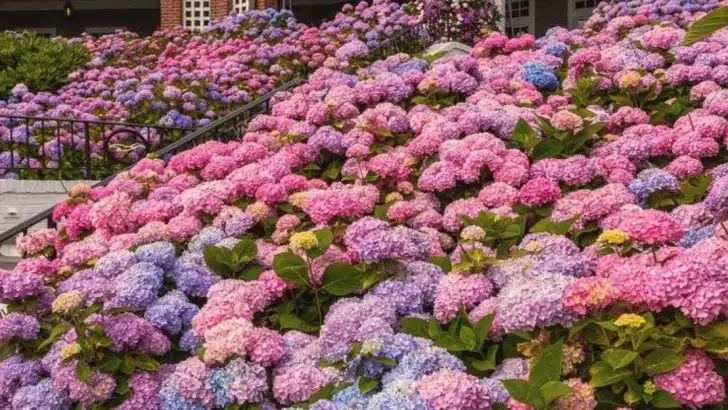Not every plant that’s hyped up in garden centers or social media deserves a spot in your backyard. Some so-called favorites are actually high-maintenance, invasive, or just plain underwhelming once you get them growing. It’s easy to fall for flashy blooms or trendy names, but smart gardeners know when it’s time to skip the hype and choose plants that truly perform well in real-world conditions.
In this list, we’re calling out 19 of the most overrated garden plants—the ones that often disappoint—and offering better, more reliable alternatives you’ll wish you planted sooner. If you’re ready to save yourself some frustration and create a garden that’s genuinely thriving and beautiful, this guide is for you.
Hydrangeas
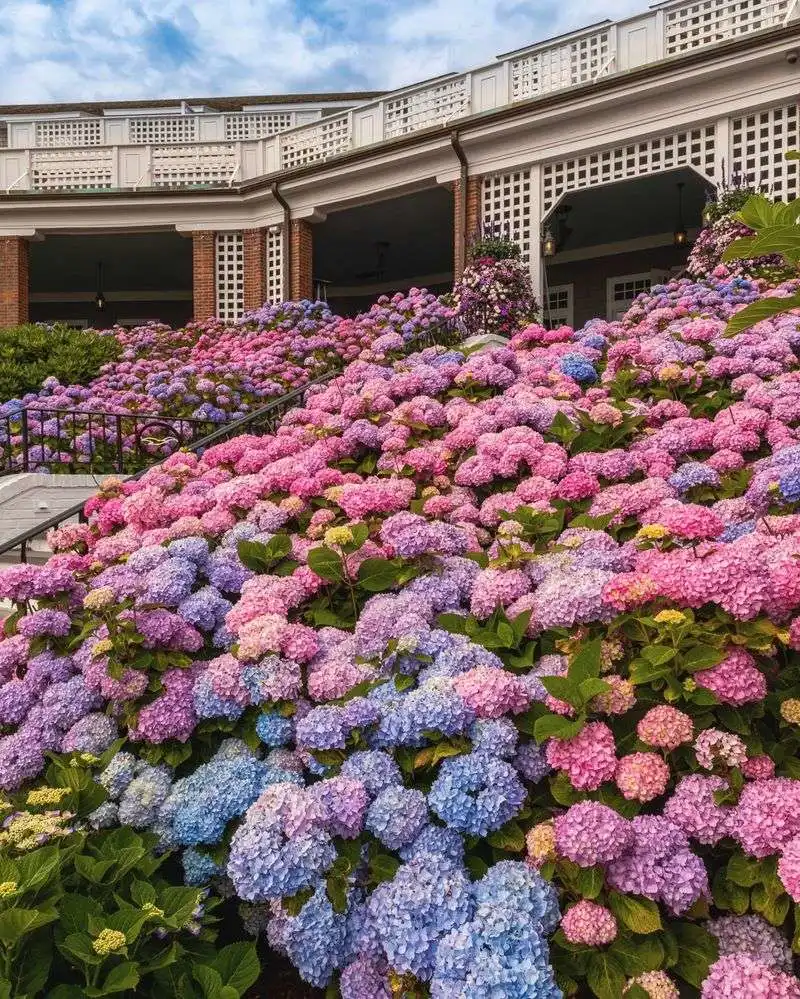
Hydrangeas are adored for their colorful, voluminous blooms, but their charm often fades when faced with specific soil requirements to maintain vibrant hues. Most gardeners find themselves battling with soil amendments to coax beautiful blues and pinks from their bushes. Instead, consider planting Butterfly Bush, which offers similar lush blooms and attracts pollinators without the hassle. Known for its easygoing nature, the Butterfly Bush thrives in most soil types and provides a long-season display of color.
Boxwood
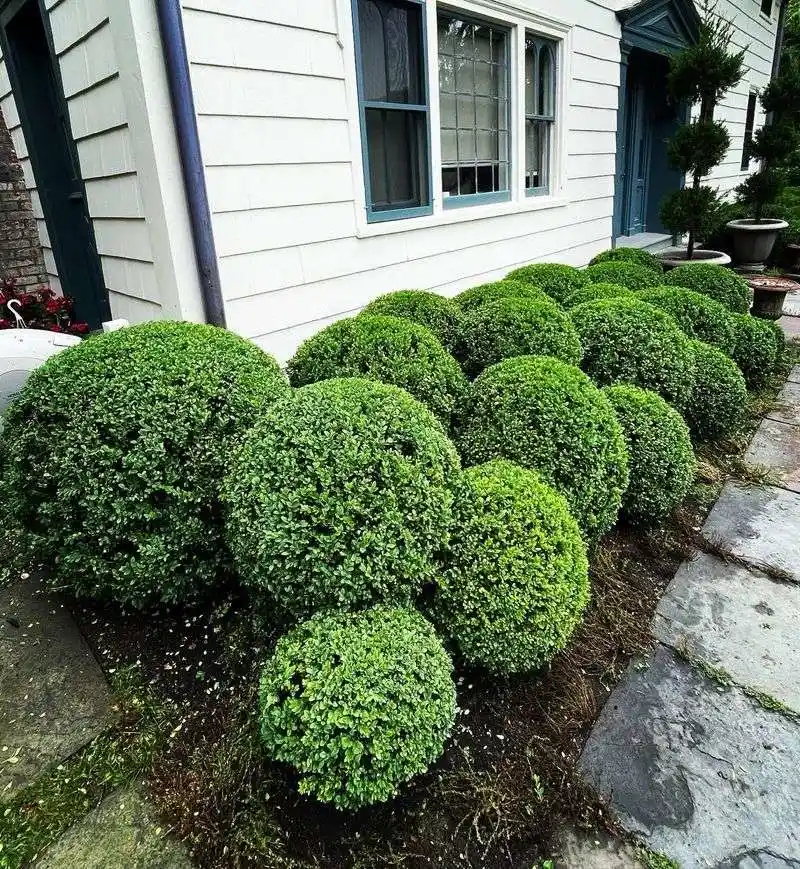
Boxwood hedges are a staple in many meticulously maintained gardens, but they demand regular trimming and suffer from pest and disease issues. For a lower-maintenance alternative, try planting Inkberry Holly. This bush offers a similar evergreen presence without the frequent upkeep. Inkberry Holly is disease-resistant and naturally grows in a neat, rounded shape, making it a perfect option for those looking to avoid the constant care that Boxwoods require. Enjoy a more relaxed approach with this hardy alternative.
Roses
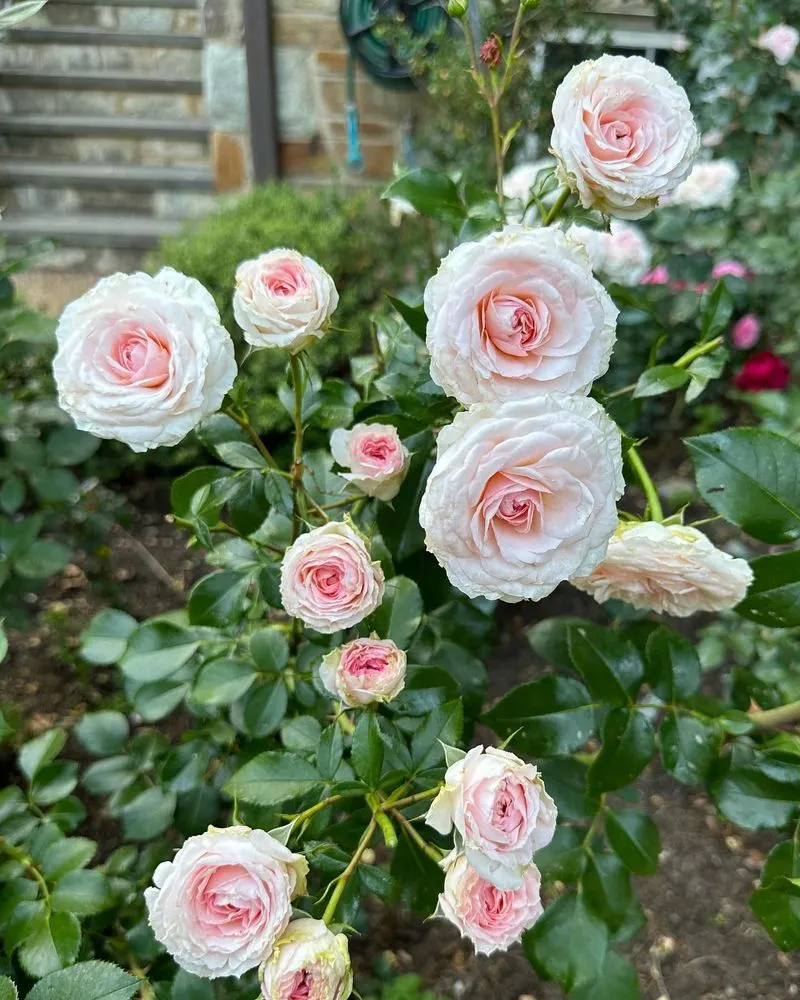
Roses, the quintessential symbol of romance, often require more attention than they are worth. Prone to pests and diseases, they demand a strict regimen of spraying and pruning. If you crave the same elegance with less fuss, consider growing Knock Out Roses. These hardy varieties offer continuous blooms and resist many common rose problems. You’ll still enjoy the classic beauty but with a fraction of the effort. This resilient breed allows you to savor rose blooms without the associated headaches.
Petunias
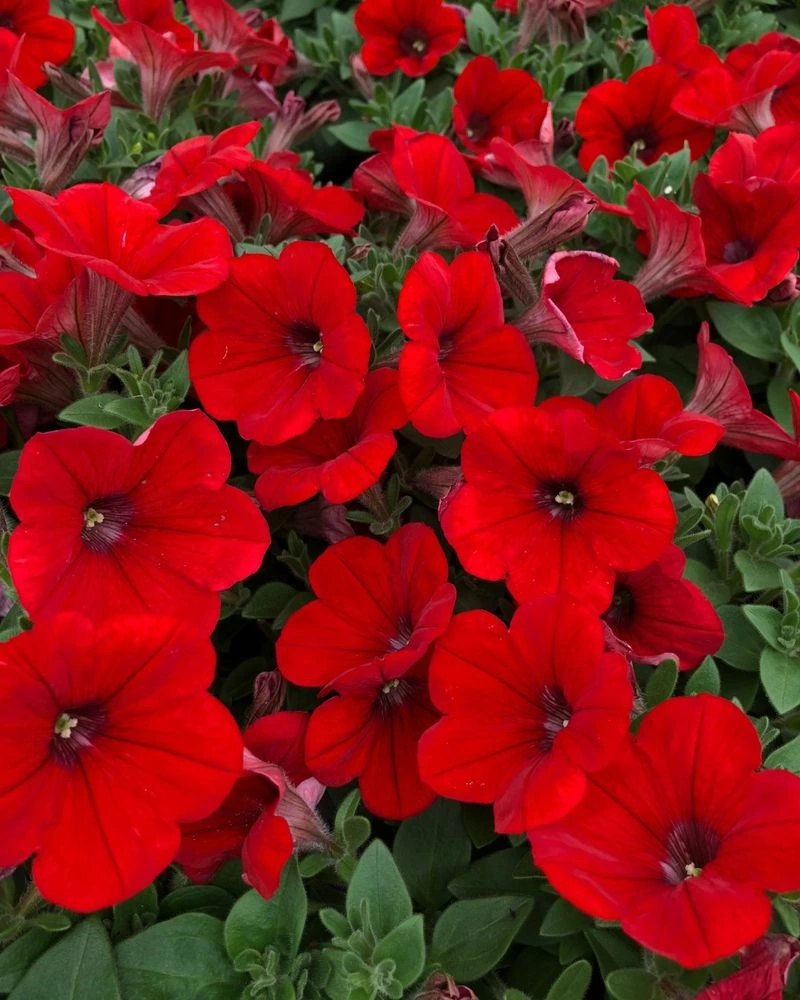
Petunias grace many summer gardens with their bright, cheerful flowers, but they can quickly become leggy and require frequent deadheading to look their best. Instead, opt for Calibrachoa, also known as Million Bells. With similar cascades of vibrant blooms, Calibrachoa brings color all season long with much less maintenance. It thrives in containers and hanging baskets just like petunias but without the high-maintenance grooming. Enjoy vibrant displays that last, letting your creativity shine with ease.
Hostas
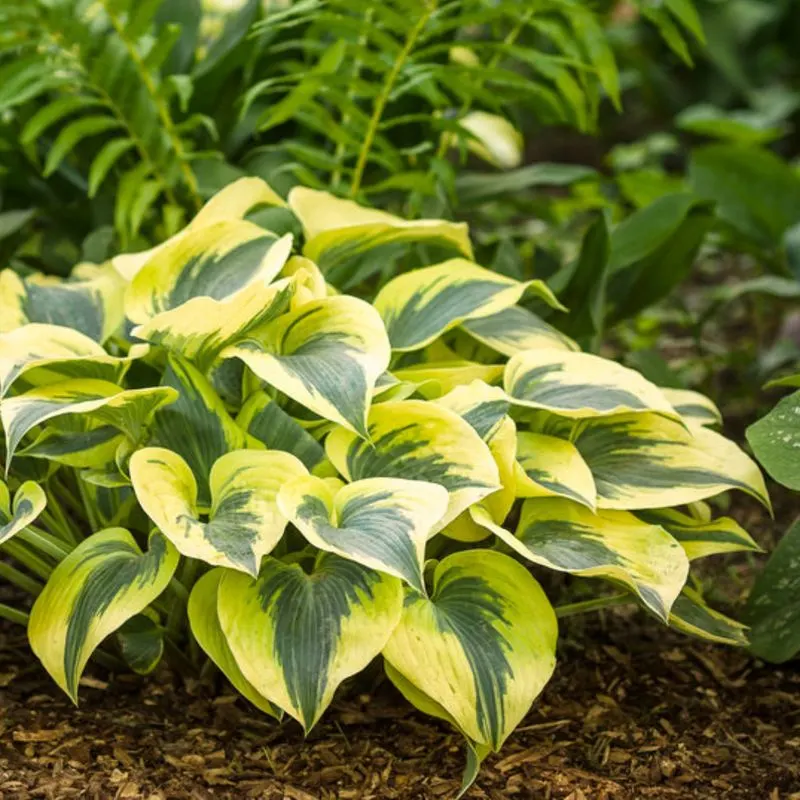
Hostas are beloved for their lush, leafy presence in shaded areas, yet their appeal diminishes with constant battles against slugs and deer. A worthy alternative is Bergenia, also known as Elephant’s Ears. This perennial offers large, glossy leaves and resists pests more effectively. Bergenia adds bold texture and color to shady spots and is far less appealing to garden pests. With this choice, your garden will maintain its richness without becoming a buffet for unwanted visitors.
Tulips
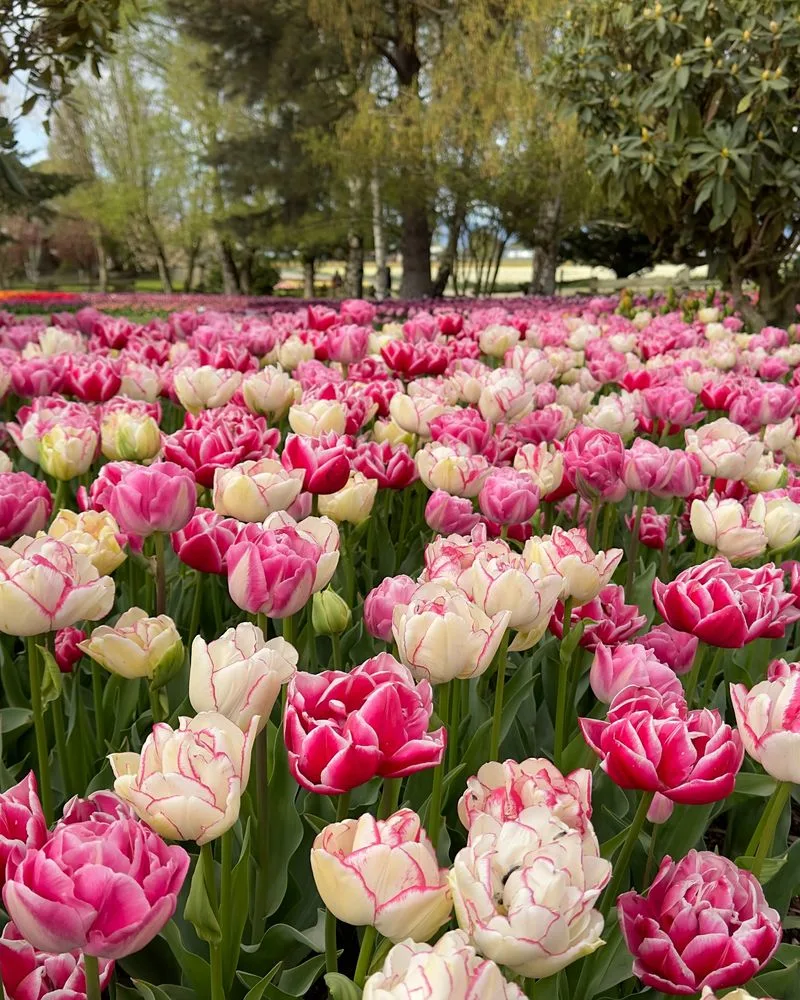
Tulips herald spring with their striking flowers, but these bulbs often disappoint as perennial performers. They require annual replanting and are a favored snack for critters. Instead, try Daffodils, which offer vibrant blooms and naturalize easily. Daffodils multiply year after year, providing a reliable splash of color without constant replanting. Plus, their bulbs are less palatable to garden pests, making them a carefree and enduring choice for spring beauty.
Lilacs
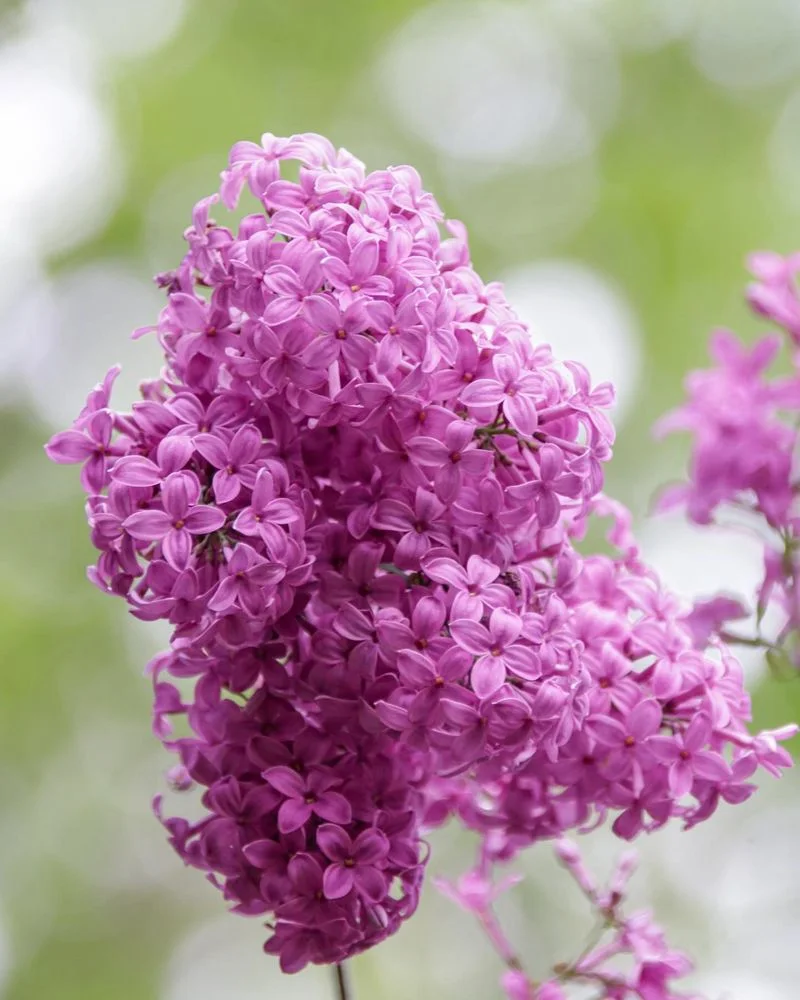
Lilacs enchant with their heavenly scent, but these shrubs often outgrow their space and require relentless pruning. A more manageable choice is the Mock Orange. It offers similar fragrance with smaller, more controllable growth. Mock Orange brings delightful blooms and a citrusy scent, creating a charming garden atmosphere without the invasive spread of lilacs. This alternative grants aromatic pleasure with less burden, letting you savor the essence of spring unencumbered.
Daylilies
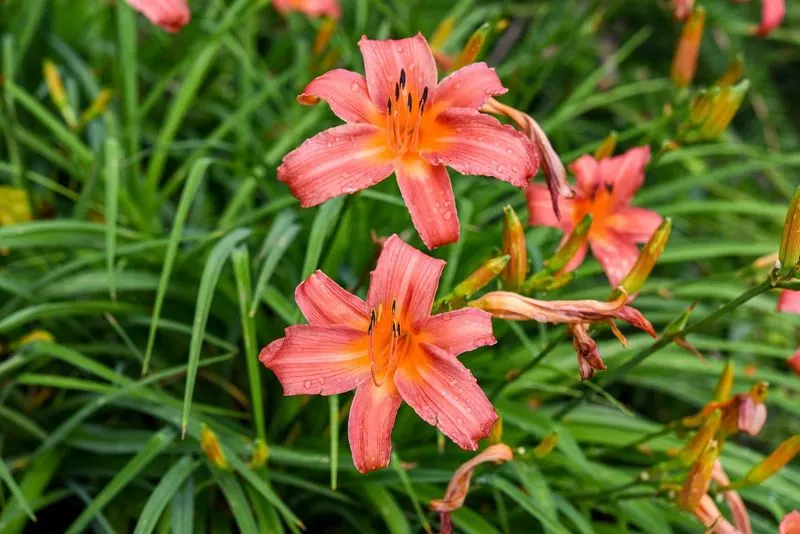
Daylilies brighten gardens with their colorful flowers, yet they often spread aggressively, overtaking other plants. Consider planting Asiatic Lilies instead for controlled elegance. These lilies provide a stunning array of colors and are more contained in their growth. They promise similar vibrant displays without the invasive nature, allowing for a harmonious garden setting. Asiatic Lilies bring beauty and balance, making them a smart choice for disciplined gardeners seeking order.
Peonies
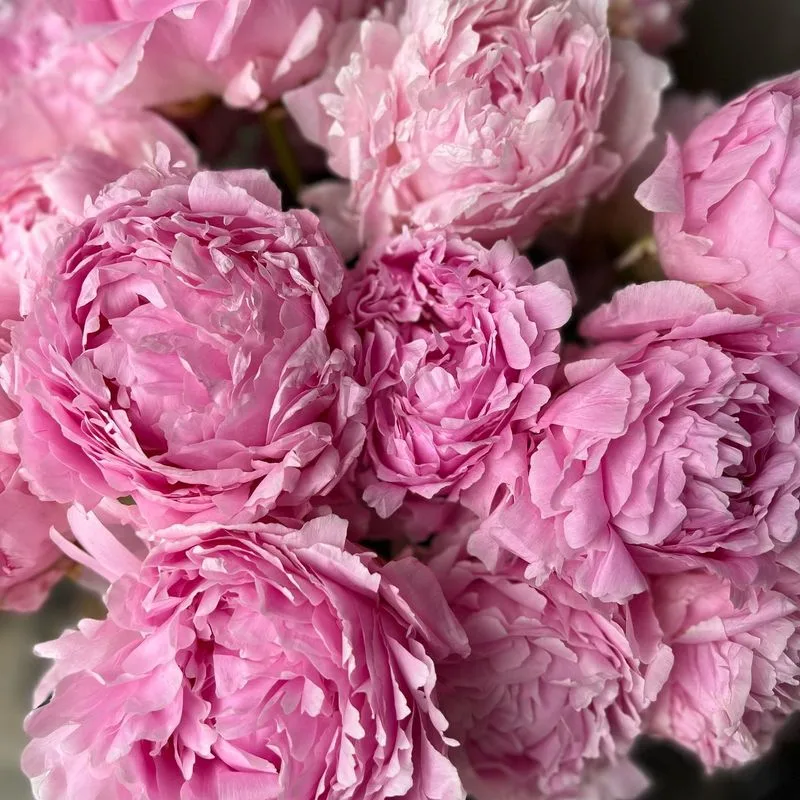
Peonies captivate with their large, frilly blooms, but their beauty is short-lived, and plants often require staking to support heavy flowers. For a longer-lasting show, try planting Hardy Geraniums. These perennials offer continuous blooms and need less intervention. With their diverse colors and resilient nature, Hardy Geraniums provide a more durable option, ensuring your garden remains colorful and carefree throughout the growing season. Choose longevity and ease without sacrificing floral appeal.
Marigolds
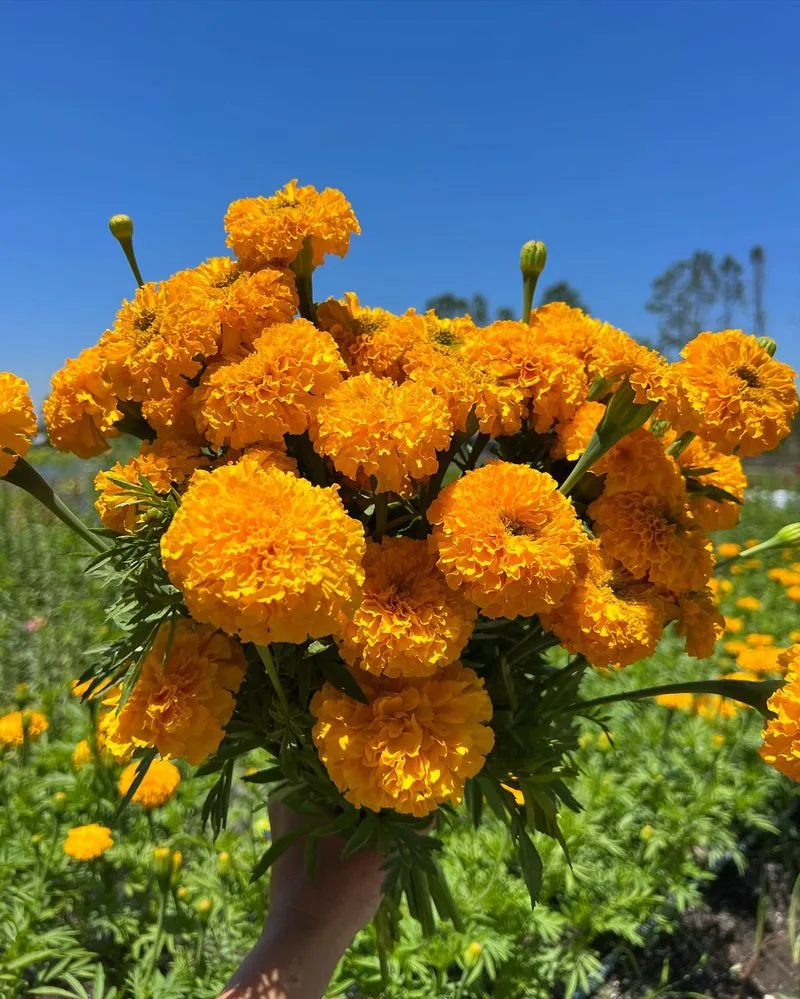
Marigolds are often touted as garden staples, thanks to their easy growth and pest-repellent properties. However, their prevalence can sometimes overshadow more diverse options. Enter the zinnia, a bold alternative that boasts an impressive palette of colors and shapes.
They attract a variety of pollinators, adding life to any garden. Zinnias are drought-tolerant and require minimal maintenance, making them a favorite among busy gardeners. Plus, they can bloom continuously, offering vibrant hues well into the fall.
So, if you’re looking for something to brighten up your garden, zinnias might just steal the show this season!
Bamboo

Bamboo, with its rapid growth and exotic appeal, often seems like a good idea until it starts taking over. Its invasive nature can quickly become an issue. Instead, consider switchgrass, a native perennial grass that offers equally attractive vertical lines without the hassle.
Switchgrass sways gracefully in the wind, adding movement and texture to your garden. It’s hardy and low-maintenance, thriving in a range of soil types and conditions.
Moreover, it provides a habitat for wildlife, enhancing biodiversity. With switchgrass, you can enjoy a serene garden landscape that won’t run wild.
Pampas Grass
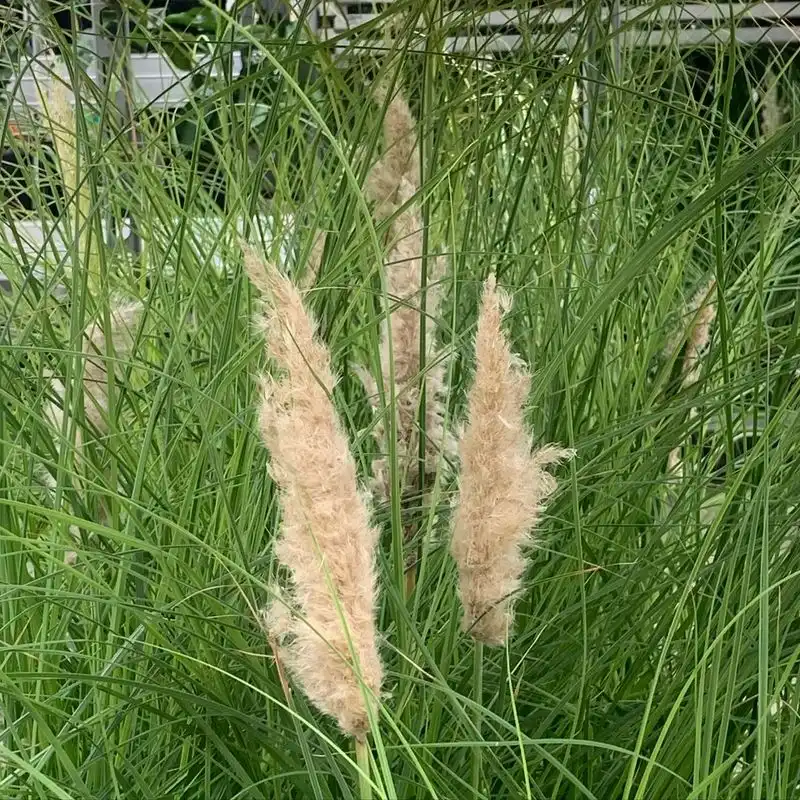
Pampas grass is undeniably striking, but its aggressive spread and sharp leaves can pose problems. A more manageable alternative is fountain grass. Its soft, feathery plumes and compact growth make it a wonderful addition to any garden.
Fountain grass is versatile and can be used in borders, containers, or as a focal point. It’s easy to care for and adapts well to different climates without becoming invasive.
The gentle sway of its feathery fronds adds a dynamic element to your outdoor space, offering beauty without the battle of controlling your garden.
Creeping Jenny
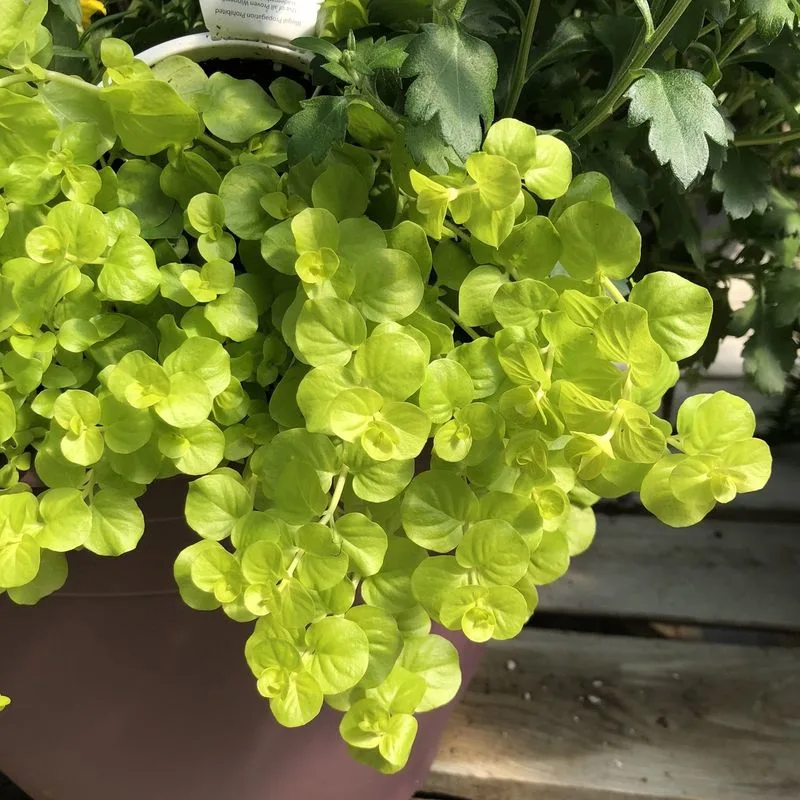
Creeping Jenny is famous for its vibrant hue and ground-covering abilities, but it can be a bit too enthusiastic. Sweet alyssum is a fantastic alternative, with its sweet scent and attractive clusters of tiny blooms.
This plant attracts beneficial insects and is perfect for edges or cascading from containers. It’s easy to grow, thriving in various conditions, and offers long-lasting blooms throughout the growing season.
Sweet alyssum can provide the same ground coverage as creeping Jenny but with a more delicate touch, filling your garden with fragrance as well as charm.
Japanese Maple
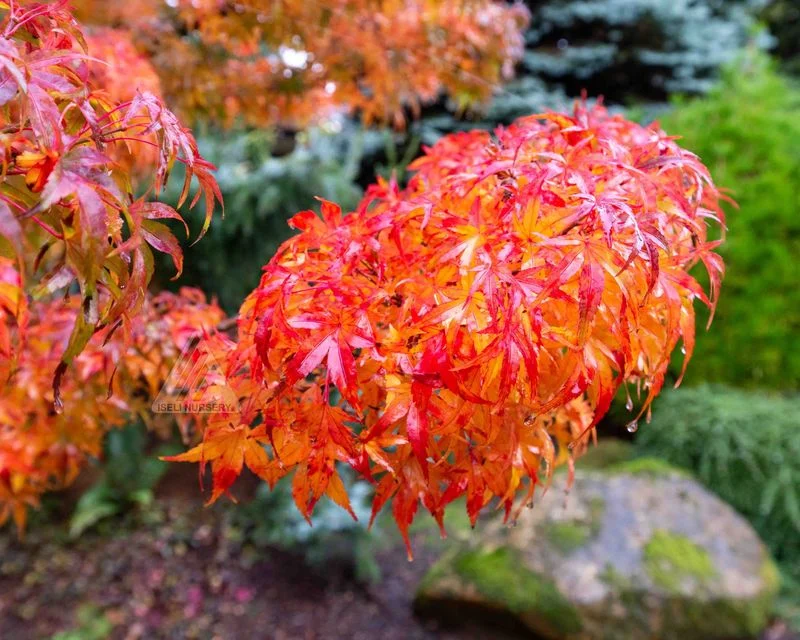
Japanese maples are adored for their delicate leaves and striking fall colors. However, they can be sensitive and require specific conditions to thrive. The Eastern redbud offers a resilient alternative, blooming profusely in spring with vibrant pink flowers.
Redbuds are adaptable to a variety of soils and climates, making them easier to grow in many gardens. Their heart-shaped leaves and graceful branches add elegance and charm without the fuss.
Consider introducing a redbud to enjoy a splash of color that heralds the arrival of spring and requires less maintenance.
Boston Fern
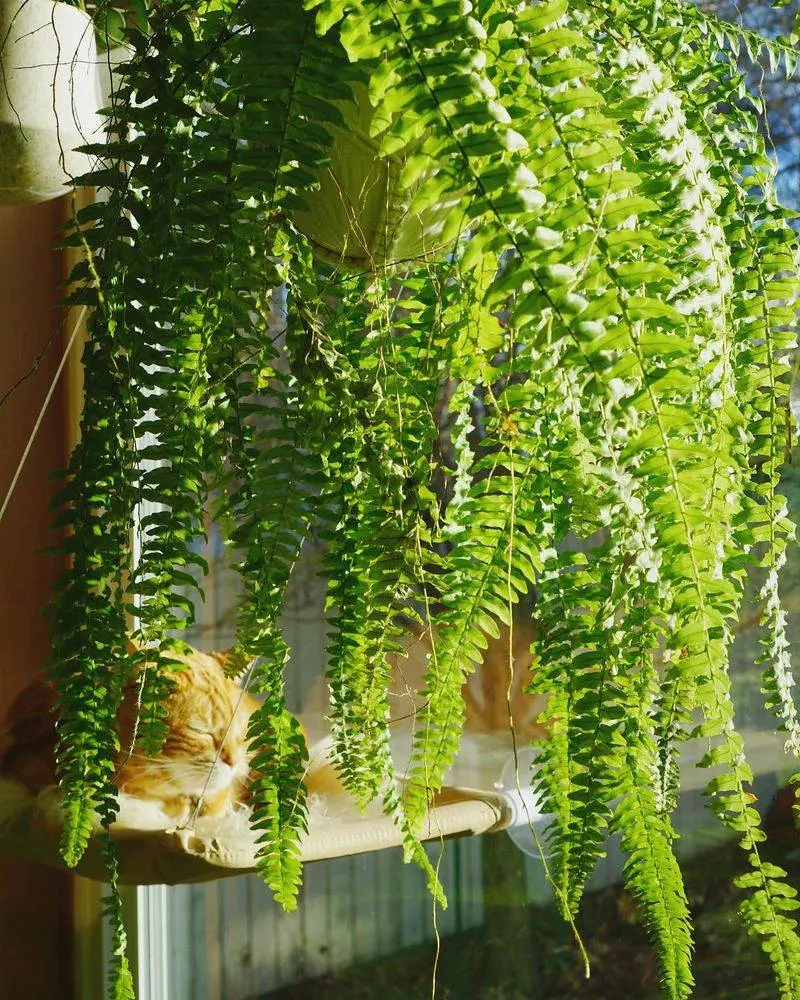
Boston ferns are beloved for their lush, feather-like fronds, yet they can be fussy indoors and require consistent care. Asparagus fern offers a more forgiving alternative with its airy, delicate appearance.
This plant is versatile, thriving in a variety of environments, including both pots and hanging baskets. It requires less water, making it easier to maintain, especially for busy plant lovers.
With its resilience and elegant form, asparagus fern can bring a touch of greenery to your space without demanding your constant attention and care.
Bergenia
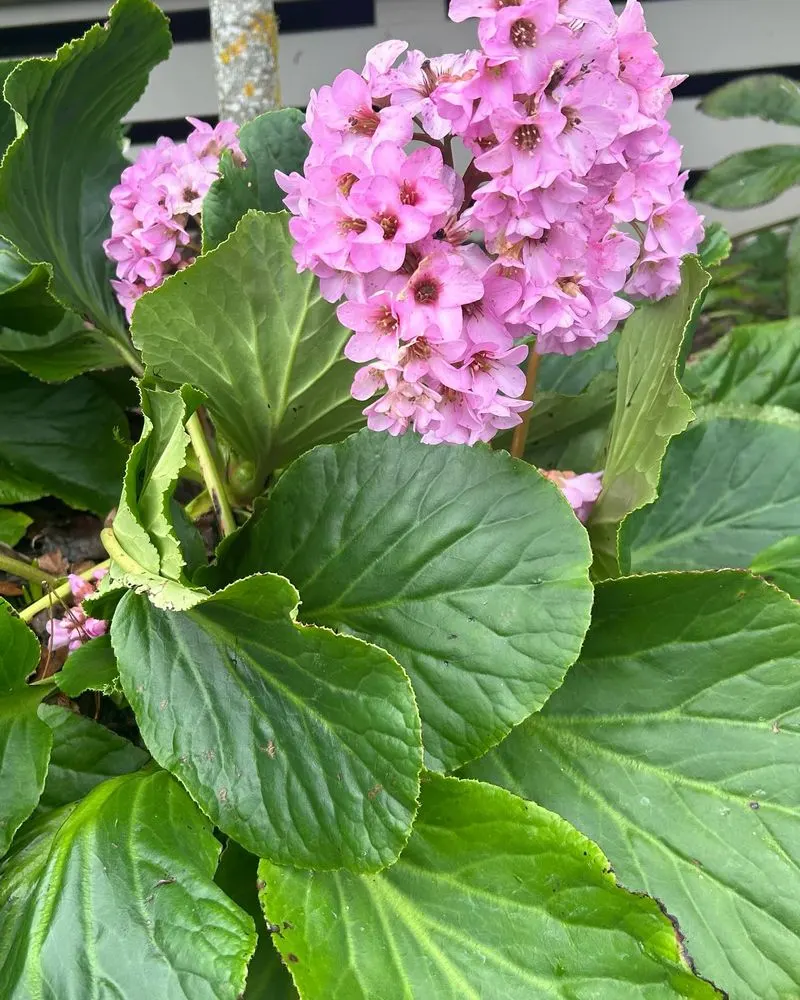
Bergenia is noted for its large leaves and colorful blooms, but its chunky appearance isn’t for everyone. Lungwort provides a more delicate alternative, with its speckled foliage and gentle flowers.
Lungwort thrives in shady spots and provides interest throughout the growing season with its changing leaf colors. It attracts pollinators and adds a woodland feel to your garden.
If you’re looking for something that combines beauty and function, lungwort is a perfect choice, bringing subtle charm and practical benefits to your outdoor space.
Impatiens
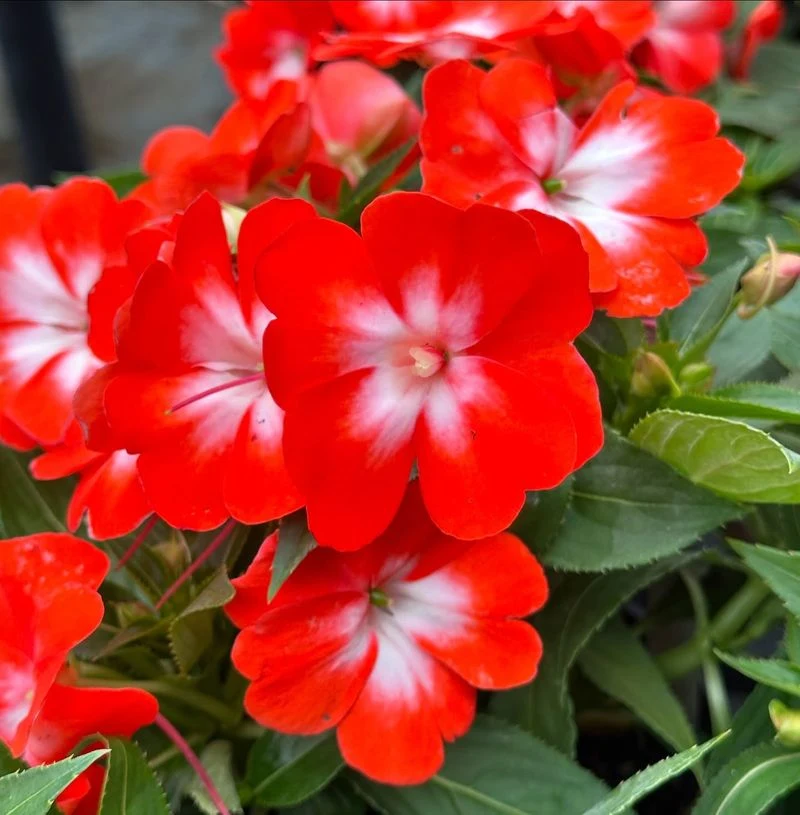
Impatiens are a go-to for many gardeners seeking easy color in shaded areas. However, their susceptibility to diseases can be a drawback. New Guinea impatiens are a healthier alternative, bringing vibrant colors and a tropical feel.
These plants are resilient and bloom all season long, offering striking flowers that stand out in any landscape. They are more resistant to common diseases, making them a reliable choice for consistent beauty.
With their bold appearance and robust nature, New Guinea impatiens can transform your garden into a vibrant oasis, without the usual concerns of disease.
English Ivy
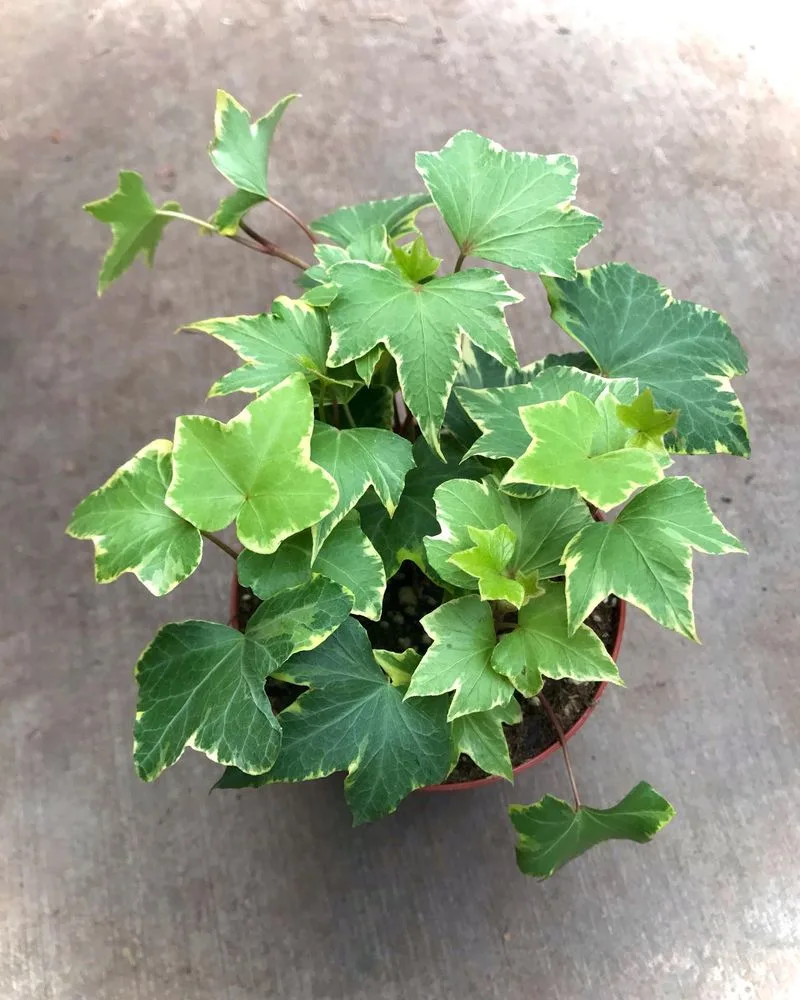
English ivy, though classic, can lead to structural damage when left unchecked due to its aggressive nature. The creeping fig provides a charming alternative, offering a more controlled growth pattern.
Creeping fig adheres closely to surfaces, creating a lush, verdant look without overwhelming its surroundings. Its small leaves and neat appearance make it ideal for decorating walls and trellises.
By selecting creeping fig, you can enjoy the lush greenery and vertical interest, without the risk of invasive growth that often accompanies English ivy.

